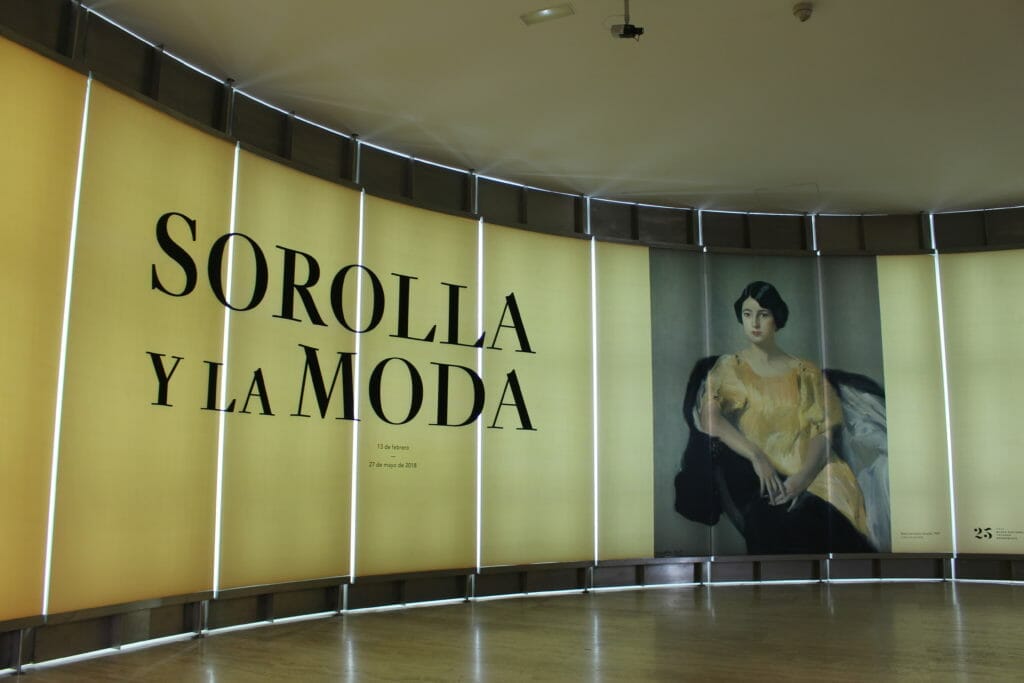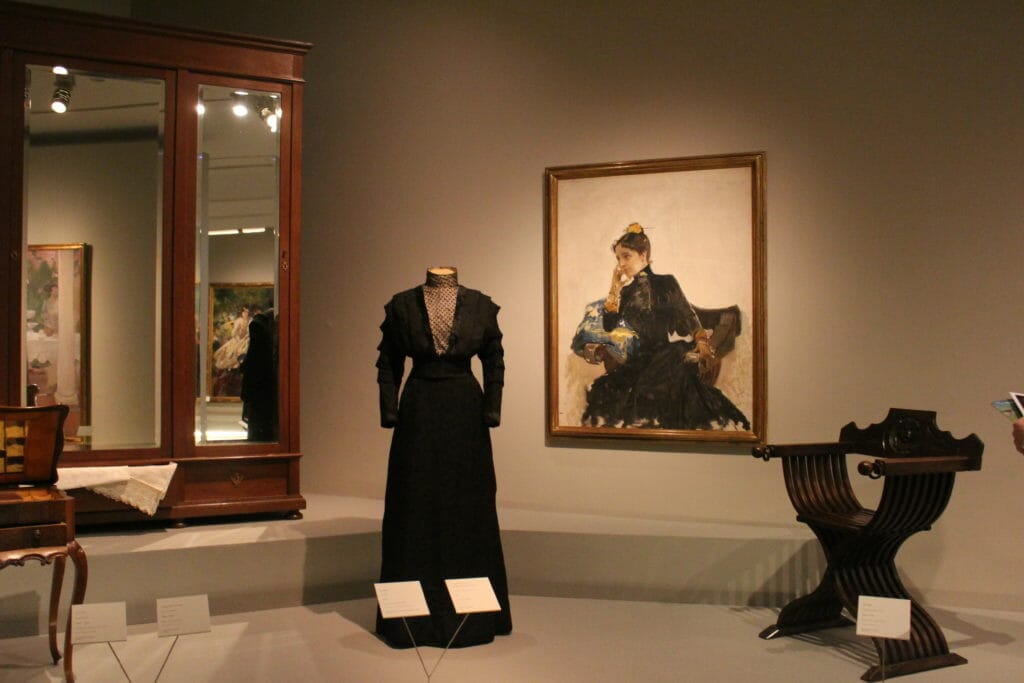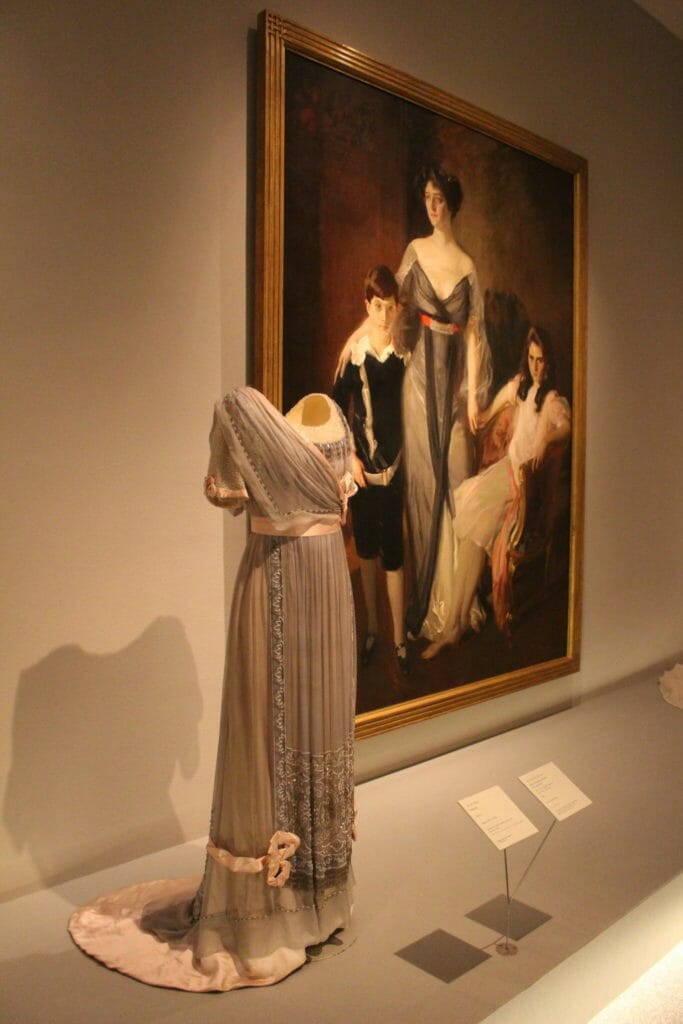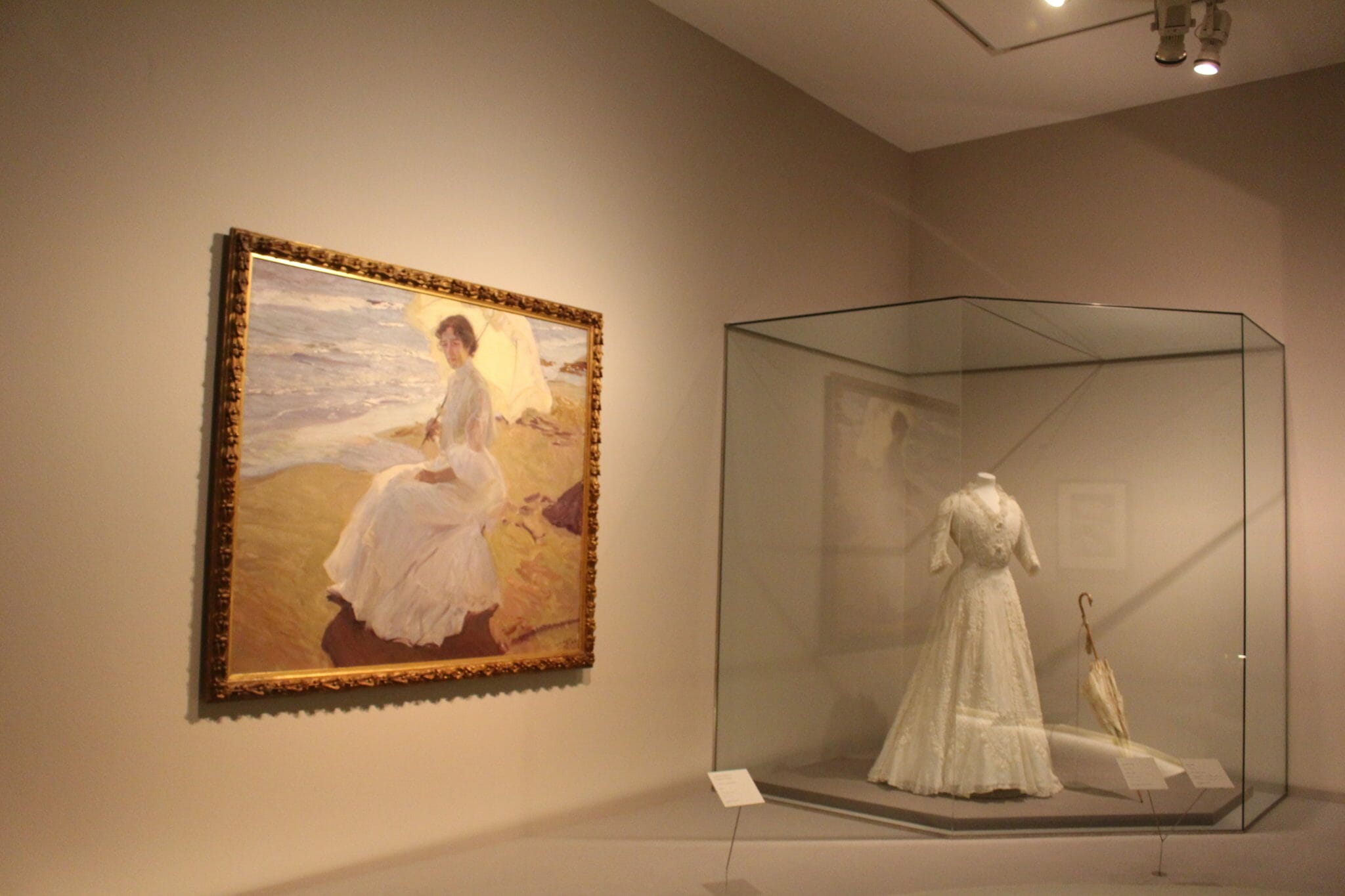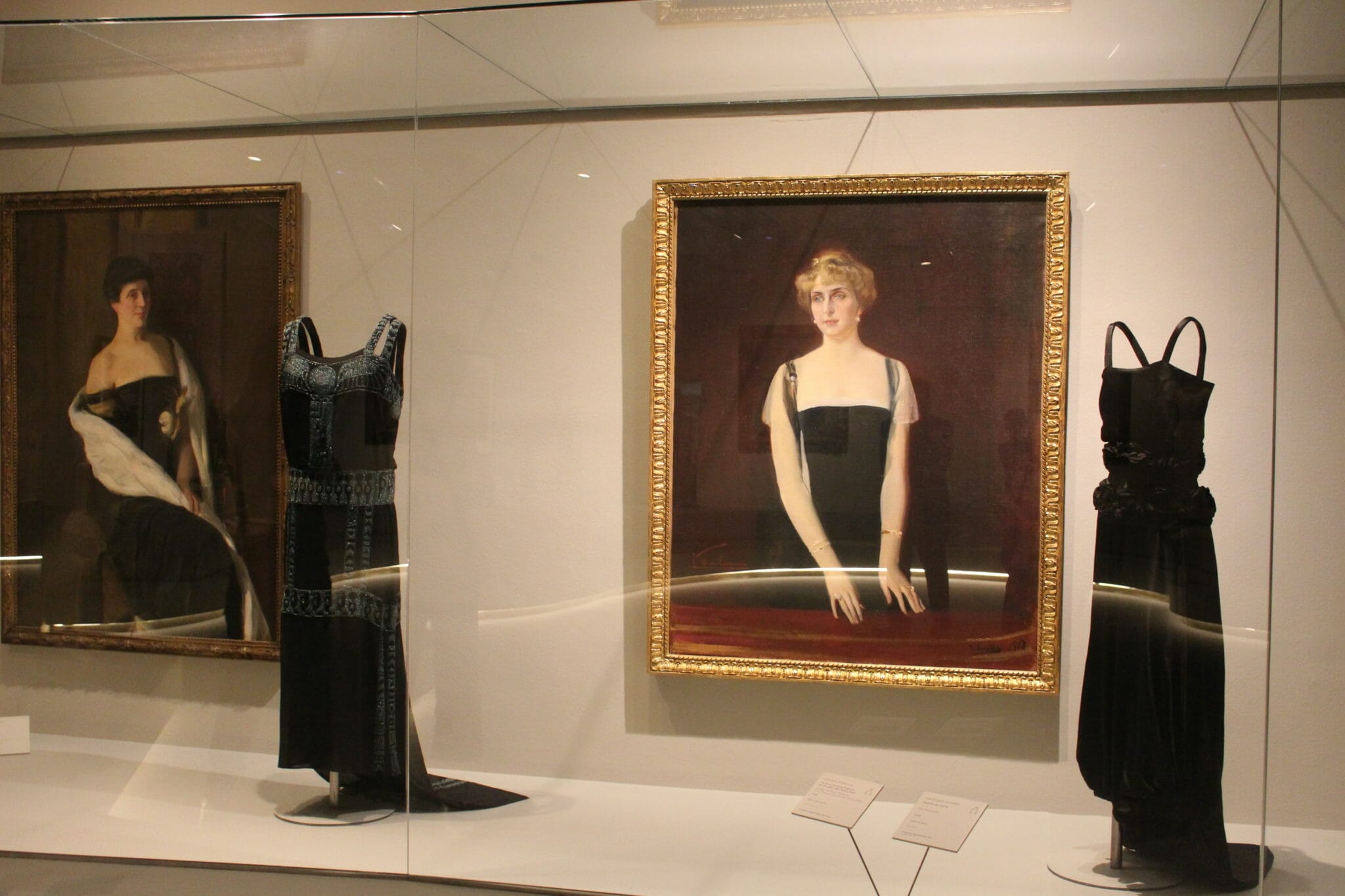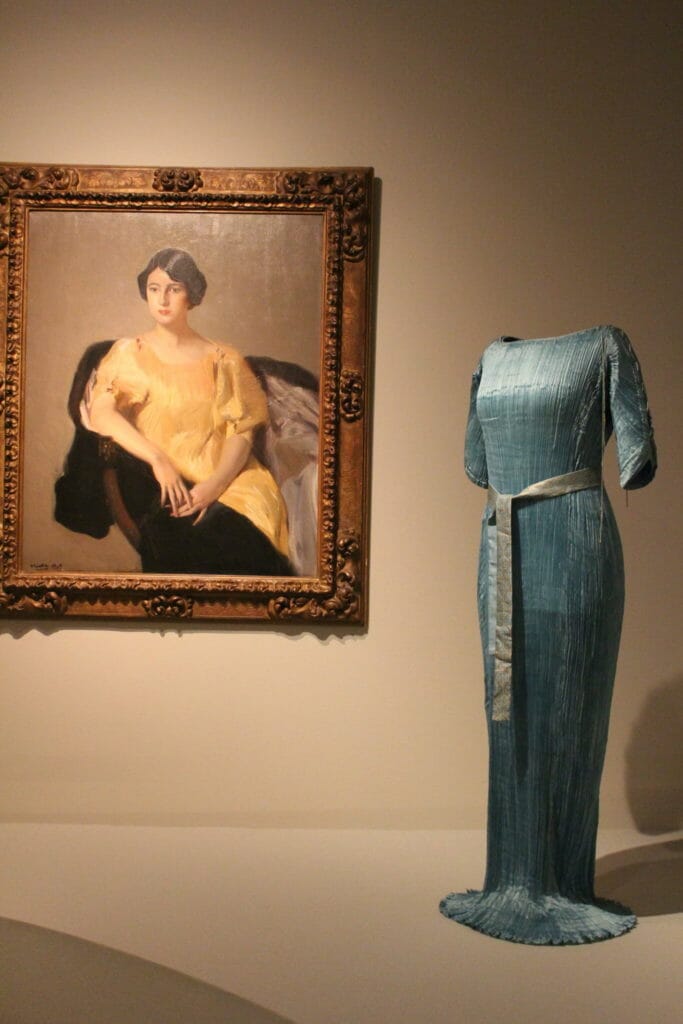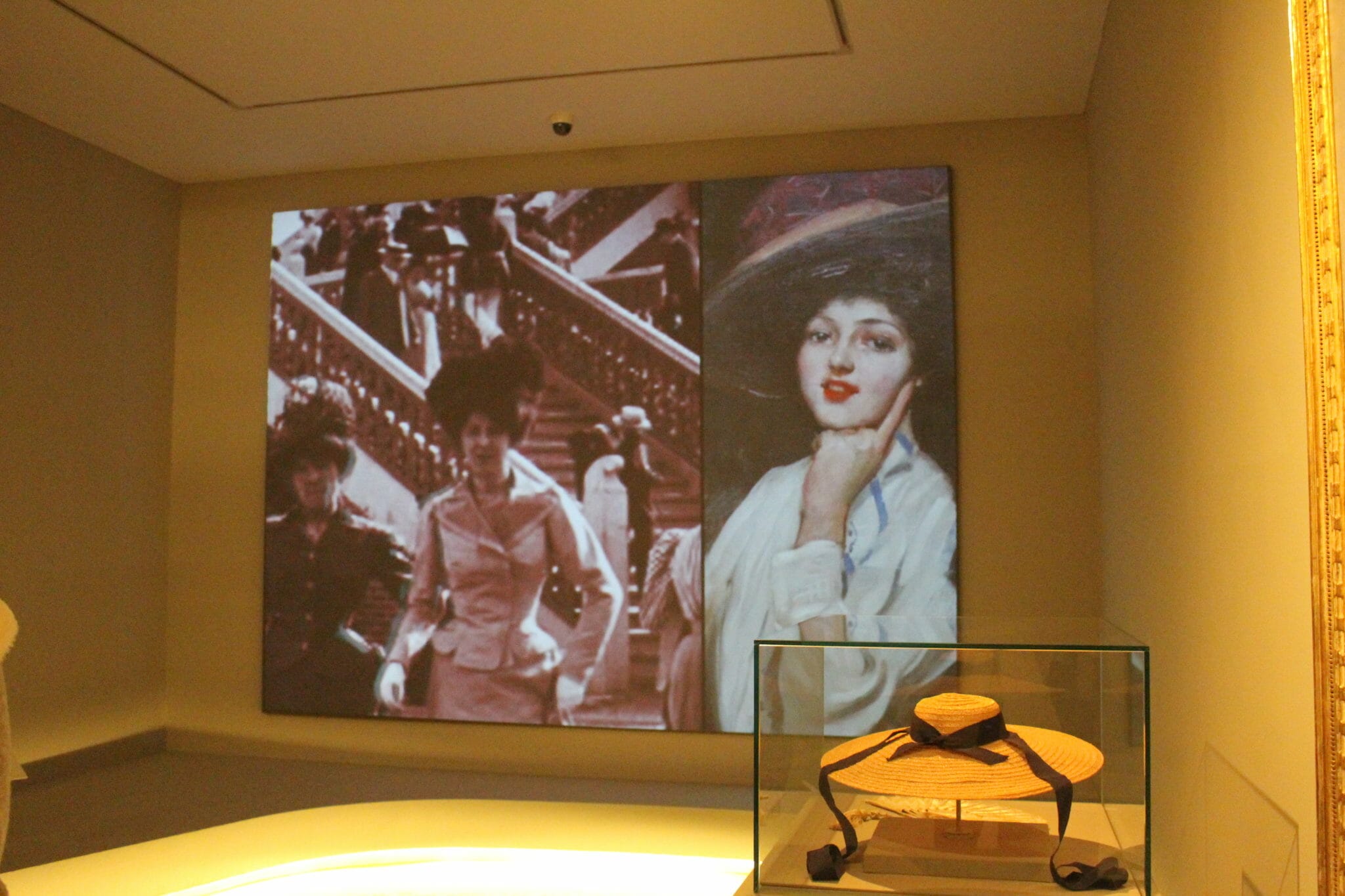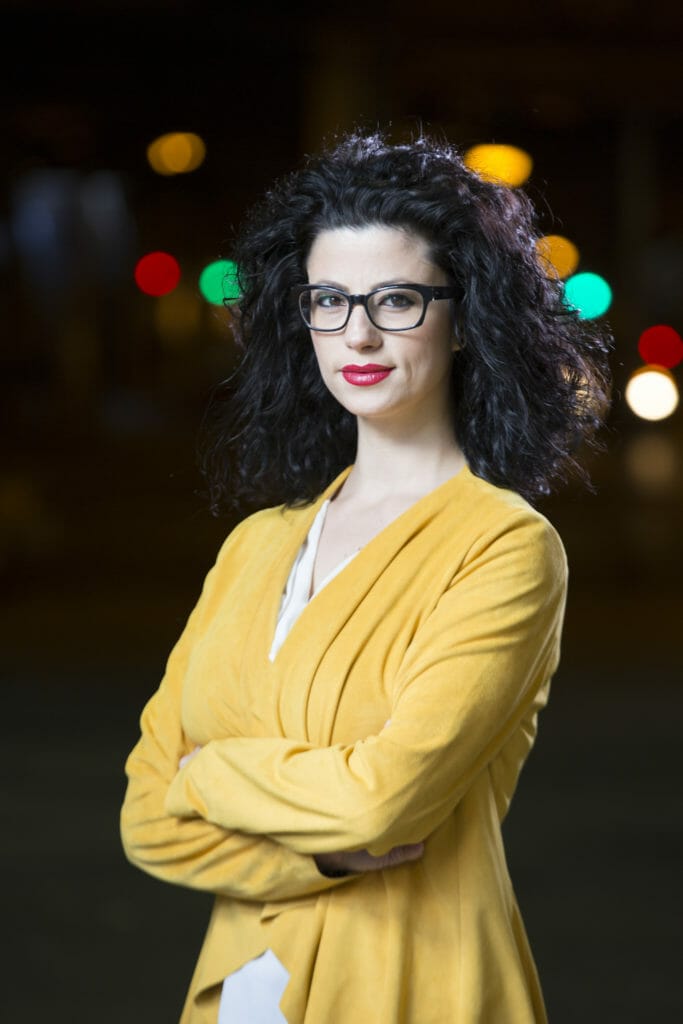The Museo Nacional Thyssen-Bornemisza and the Sorolla Museum, both located in Madrid, partner to present an exhibition on the work of the Spanish painter Joaquin Sorolla and the connection between his works and late 19th - and early 20th -century fashion. The exhibition is curated by Eloy Martinez de la Pera who gathers more than 70 paintings, clothes and accessories to illustrate the story told by the painter with real items of the period. You will have the chance to see exquisite works of art, some of which have never been shown in public before.
Museo Nacional Thyssen-Bornemisza reveals Sorolla in private
Joaquin Sorolla, an artist of humble origins married with Clotilde García del Castillo, a middle-class woman, daughter of a prosperous photographer of the time, was a passionate society portraitist interested in the aesthetics of women and the evolution of fashion. As you enter the museum, you turn right and discover the space dedicated to Sorolla and Fashion.
Sorolla in Private the first of the four sections of the exhibition, is dedicated to an intimate Sorolla and reflects the artist’s family life and also family members. Clotilde is his wife and muse and can be found in many of the paintings of this area. These paintings are like snapshots of the life of bourgeois women. One of the most stunning examples is a painting of Clotilde in a black Dress (1906 - from the Metropolitan Museum of Art (New York) along with a black dress (ca. 1900 – from the Musée des Arts Décoratifs, Paris). In this writer’s opinion, it is very interesting to see such exquisite items of clothing perfectly matched with the paintings of the artist.
In this section, you will also find letters written by Sorolla to his wife from Paris, showing his interest in fashion and his love for his family. It is amazing to see how much of their correspondence is dedicated to observations on the latest trends in fashion. Moreover, as the audio guide reveals, their strong connection is clear when she requests his advice and he chooses fabrics, hats and even dresses for his family members— something quite unusual for the time.
Society portraits
As you walk through the meandering exhibit, almost without noticing you immerse yourself in a new area dedicated to society portraits. According to the exhibit program guide, Sorolla was a highly demanded painter of the elite class of his day. Through the commissioned paintings of the aristocracy he was able to immortalize both the classical beauty of a more traditional and rigid fashion style, as well as the latest trends embraced by the most visionaries and daring members of the higher classes.
Here you will find a painting from the Hispanic Society of America (New York) reflecting Mrs Ira Nelson Morris with her Children, 1911 and by it a different kind of work of art is presented in the form of a delicate gray and pink dress by Julia Virac (ca.1910-15, Museo del Traje). Fashion lovers will most likely love to see these beautifully preserved dresses, some of which are considered iconic pieces that marked turning points in modern fashion design.
In this exhibition you will also find accessories like silk, satin and leather shoes or hats made in silk velvet, taffeta, metal and ostrich feathers, materials only available for the aristocracy of the time. This writer recommends that you make sure to get the audio guide, as it proved extremely helpful. Among other significant information, you will find out curiosities such as the fact that until 1840 black was the traditional color of wedding dresses. The first to break the tradition was Queen Victoria of England, who decided to wear white. Thanks to this daring act, Queen Victoria changed the aesthetics of brides to this day.
Slider photos by Laura Buciuman
Elegant summers
From luxurious interior portraits we dive into elegance by the seaside. As explained by the program guide, the therapeutic effects of sea and sunbathing made the northern and eastern Spanish coastline a popular destination for the first Spanish tourists. Going to the beach was a real fashion statement during those times. Sorolla was there to see it and capture the exhibition of elegance of the most privileged layers of the society, as resting by the seaside was a caprice of the most fortunate. Proof of his own social recognition, the painter spent summers enjoying the mild climate of the Mediterranean or the Cantabric Sea, studying light and capturing the spirit of summer with softer colors and blurred lines.
Such a pleasant transition! Regardless of your origin or age, this area is very likely to make you relax and smile. We travel and feel the warmth of the sun, while the clothing depicted looks fresh and comfortable, but still elegant and stylish. In this area you will find paintings and dresses such as “Clotilde on the Beach” (1904) from the Museo Sorolla, exhibited alongside a day dress (1904-08) from the Victoria and Albert Museum, London and “Under the Awning”, Zarauz (1910) from the Saint Louis Art Museum, seen next to a white blouse and skirt (ca.1900-1914) from the Centre de Documentació i Museu Tèxtil, Terrassa.
Slider photos by Laura Buciuman
Paris and Modern Life
Sorolla was a stylist with a finely tuned eye for the aesthetically beautiful. From the exhibit program guide we learn that his frequent trips to Paris made him witness a great shift in the evolution of fashion and society. The world was dramatically changing, the concept of haute couture was emerging and new leisure habits were being implemented. As the corset was being rejected, women’s dresses became lighter and you can see that here. Elena in a yellow Tunic (1909), loaned from a private collection, is a painting representing Sorolla’s daughter wearing the legendary “Delphos” dress, designed by Fortuny. For this writer, the blue Delphos dress sitting by it is breathtaking and helps you perfectly imagine how women in the 1920’s would love its fluid fabric and elegant cut.
From the Sorolla and fashion catalog we learn, “Paris was then the embodiment of “good taste.” Elegance was regarded as the combination of clothes, accessories, hairstyle and personal “grooming,” and it was synonymous with refinement and modernity. It was precisely in the City of Light that the famous couturier Charles Frederick Worth introduced the modern concept of haute couture. He was the first to affix labels to the clothes he designed, as he considered them works of art that needed to be “signed.” Mannequins first appeared at the Paris exhibition in 1894 and found their way into the most elegant American stores six years later. Worth was also the first designer to use live models to bring his creations to life.”
Before you leave this show of art and fashion, you will have the chance to complete your experience by watching old videos reflecting life in cities like Paris, London, Madrid and New York. This will only take a few more minutes to watch, but it will complete your time travel and finish your journey with real life scenes.
Slider photos by Laura Buciuman
When:
Thru 27 May 2018
Tuesdays to Sundays, 10am to 7pm
Saturdays, 10am to 9pm
Last entry one hour before closing time
Where:
Museo Nacional Thyssen-Bornemisza
Paseo del Prado 8
28014, Madrid
Spain
Tickets:
Combined ticket: Permanent Collection + temporary exhibitions:
- Standard: 12 Euros
- Reduced-price ticket: 8 Euros for visitors aged over 65, pensioners and
students with proof of status
- Group (from 7 people): 10 Euros per person
- Free entry: children aged under 18, officially unemployed Spanish citizens,
visitors with disabilities, large family group and teachers with valid documentation
Advance ticket sales from the Museum’s ticket desks, on its website and by phone at:
0034 917 91 13 70
Audio guide: available in various languages
More information is available on the Museo Nacional Thyssen-Bornemisza webpage
About the Author
Laura Buciuman is currently a Marketing Assistant at the Tourist Office of Spain in Chicago. Open-minded and curious, with a major in journalism and philosophy (North University, Romania) and two Master Degrees, one in English and Spanish for specific and business purposes (Alicante University, Spain) and another in International Tourism (EOI Business School, Spain), Laura is passionate about writing, storytelling, traveling, arts and culture. She has already lived in four different countries and visited many others and enjoys discovering different cultures. Reading, gastronomy, latin dances and yoga are some of her hobbies.
Editor's Note: Click here to read more Picture this Post articles by Laura Buciuman

